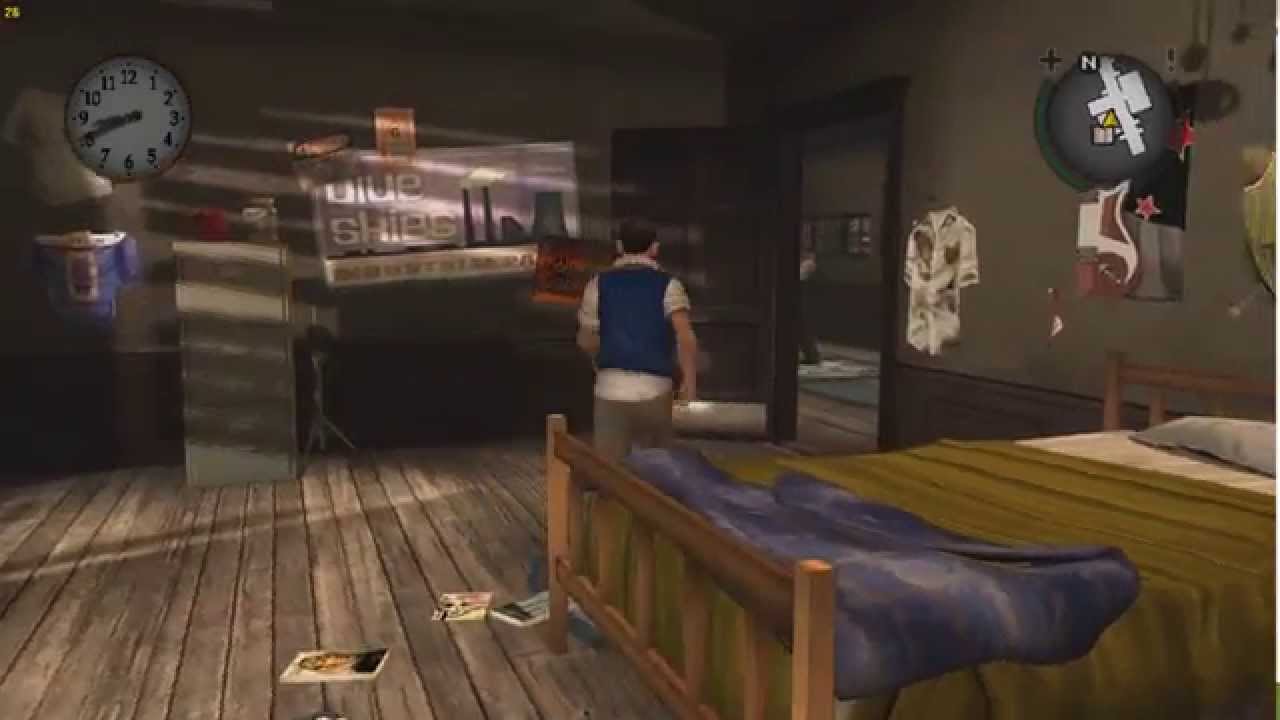


Tawang is particularly contentious for the Chinese, for it was in this town that the 14 th Dalai Lama found initial refuge in India after having dodged the Chinese army on his flight from Tibet’s provincial capital of Lhasa in 1959. However, they turned back without any scuffle or damage to Indian property. In the latest transgression, some 200 PLA soldiers crossed the LAC in the Tawang area of Arunachal at the beginning of October to target Indian defences. A large part of its southern border has been shared with India ever since it annexed Tibet in 1950, and it deems Arunachal ‘southern Tibet’ and hence its dominion. India appears to be left with little option but to tread cautiously, lest this feud escalates into a war it can ill-afford.Ĭhina lays claim to the 83,743-km 2 Indian state of Arunachal Pradesh that abuts the eastern fringe of the LAC across from the Tibet Autonomous Region. Some of them reportedly crossed the LAC in July to reoccupy certain positions on the Kailash Range that they had vacated following a February demilitarisation agreement, and others moved to points near the Galwan river and Pangong Tso.Ĭhina seems intent on drawing India out by upping the ante at various friction points along the LAC. The stand-off simmers, with troops on either side ranged against each other in the desolate but geo-strategic cold desert of the Great Himalayas.Įven as the PLA continues to occupy Patrolling Point (PP) 15 in Hot Springs and PP17A near Gogra post, China has amassed additional troops across the border, armed with artillery, air defences, combat drones and heavy vehicles. We are keeping a close watch on all these developments, but if they are there to stay, we are there to stay too’.

‘If India starts a war, it will definitely lose’, proclaimed a typically hawkish editorial in the Communist Party of China mouthpiece, the Global Times, while blaming New Delhi for the failure of the talks.Īddressing a conclave a day before the talks, General Naravane had remarked: ‘.so, it means that they are there to stay. Tensions between the two neighbours escalated again after the 13th round of Corps Commander-level talks held on 10 October collapsed, failing to resolve the pending issues in eastern Ladakh. Indian Army Chief General M M Naravane expressed concern at ‘the largescale build-up’ in eastern Ladakh that ‘continues to be in place’, even as Prime Minister Narendra Modi proclaimed that India’s armed forces will emerge as ‘one of the most powerful militaries in the world’. As 50,000 People’s Liberation Army (PLA) troops continue to occupy swathes of land in the eastern part of India’s Union Territory of Ladakh at the northwestern end of the LAC since their violent clash with Indian soldiers in the Pangong Tso area on, China is opening up additional fronts along the border with India’s states of Uttarakhand, Arunachal Pradesh and Sikkim.


 0 kommentar(er)
0 kommentar(er)
